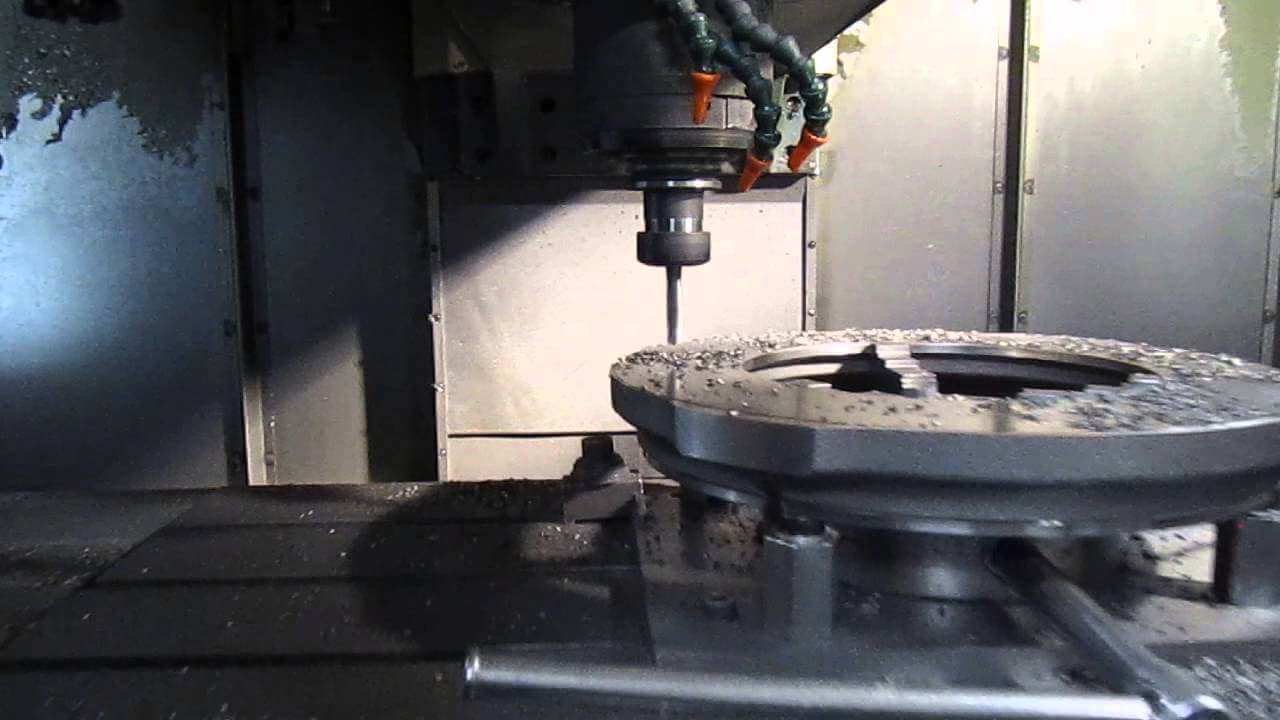A Comprehensive Guide to Machining Cast Iron
Machining cast iron requires skill and knowledge to ensure smooth operations. If you’re looking to efficiently cut and finish this sturdy material, you’ve come to the right place.
This article removes the complexity with simple tips on the best tools, techniques and safety practices for machining cast iron, helping you increase productivity and extend tool life.
1.Understanding Cast Iron Types
A long-standing and versatile alloy, cast iron comes in a variety of types, each with a wealth of properties that influence the way we machine cast iron.
Understanding the worlds of grey, ductile and malleable cast irons is essential for any machinist who wants to realize the full potential of these materials.
Understanding their machinability and behavior under the pressure of cutting tools is essential to achieving the desired results, whether it’s an automotive part, an intricate work of art or a sturdy piece of machinery.
1) Grey Cast Iron
A workhorse in the cast iron family, grey cast iron has unique vibration dampening and heat-conducting properties, making it ideal for machine base and housing components. By adjusting the cooling rate and composition, we can control the graphite flakes in this metal, tailoring its mechanical properties to suit specific applications.
When gray cast iron breaks, it takes on its characteristic color, due to graphite flakes tracing its fracture line.
2) Ductile Iron
Ductile iron, also known as ductile cast iron, is high in strength, flexibility, and elasticity due to its graphite spheres (a miracle created by the addition of magnesium). This variation can bend where gray cast iron might break, providing elasticity that is invaluable in applications that require tensile strength and some elasticity.
Controlling impurities such as sulfur and oxygen is essential to maintaining the ductility and quality of cast iron, ensuring that every component meets the exacting standards of today’s industry.
3) Malleable Cast Iron
Mallable cast iron is known for its toughness and ductility, making it a top choice for parts that are subject to shock and pressure, such as those in heavy machinery and automotive suspensions.
The two main forms of malleable cast iron, whiteheart and blackheart, come in a range of ductility and uniform graphite distribution to meet different industrial needs. The transformation heat treatment that malleable cast iron undergoes enhances its ductility and impact resistance, making it the material of choice for certain manufacturing industries.
Although malleable cast iron is more difficult to machine, it gives us a good surface finish and precise dimensions while being gentler on cutting tools.
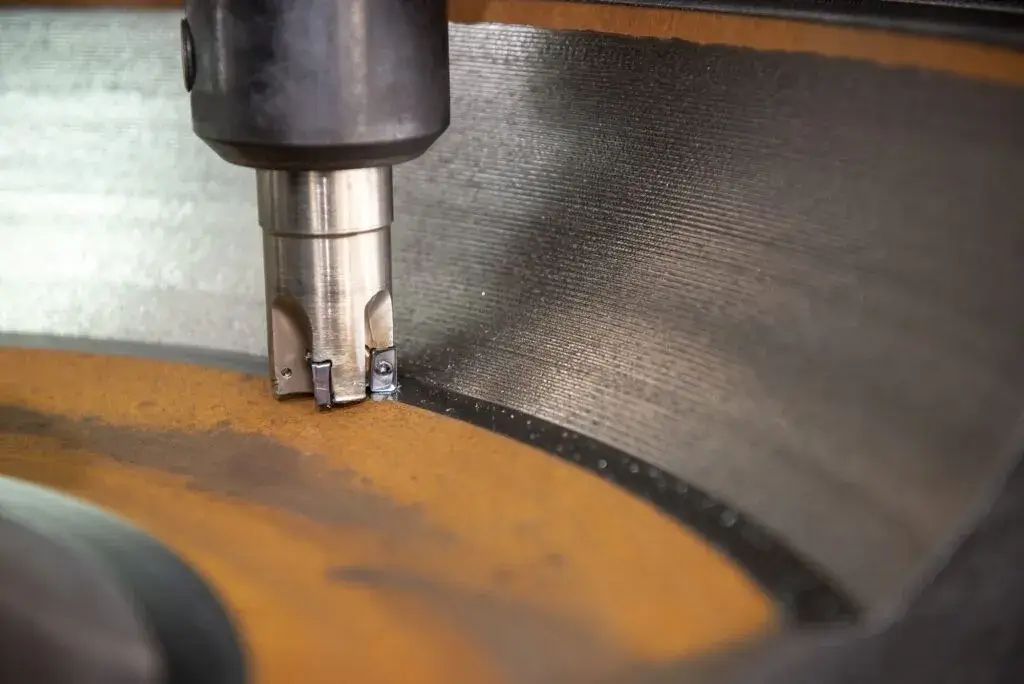
2.The Right Tool Selection for Machining Cast Iron
The art of machining cast iron is as much about the material as it is about the machine tool that processes it. Choosing the right tool is not only about efficiency, but also about maintaining performance and extending the life of both the tool and the workpiece. Whether it is the sharpness of the cutting edge or the specialized coating, tool selection can make or break the machining process.
A harder carbide grade, slower cutting speeds, and judicious use of coolant are the holy trinity for preventing the abrasive impact of small chips in cast iron.
1) Carbide Tools
Carbide tools are the backbone of the machining world, infused with tungsten carbide to take on the hardest cast irons with unbreakable hardness and wear resistance. These carbide tools do more than just remove material when milling; they carve precisely to leave a surface that is smooth to the touch.
Sharp carbide inserts become the artist’s paintbrush, creating a finish worthy of a masterpiece on machined cast iron. With all the tools at hand, I can achieve the precision and quality I need in my work.
2) End Mills
End mills are the all-around heroes of a machine shop, with the ability to perform a wide variety of cuts on cast iron with an end mill, including:
- Grooving
- 3D Milling
- Contouring
- Profiling
- Facing
- Drilling
Their value lies not only in their accuracy, but also in their ability to quickly and efficiently shape complex and precise parts, ultimately reducing production time and costs.
3) Ceramic Inserts
Ceramic inserts are the pioneers of high-speed machining, and their composition gives them the impact resistance that makes them a great asset in the high-speed environment of machining cast iron. Customizing these inserts to the workpiece conditions is like choosing the right armor for battle, balancing wear resistance with chipping resistance.
At speeds up to 4000 SFM, ceramic inserts transform the tedious task of machining cast iron into an efficient, productivity-enhancing task.
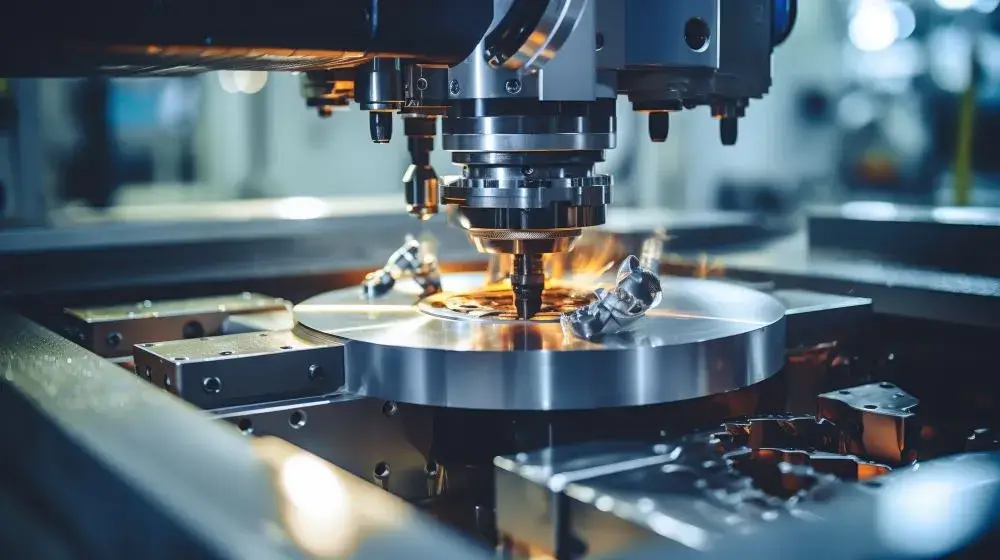
3.Cast Iron Cutting Technology
The history of machining cast iron is marked by the technologies we employ, each favored for its ability to improve the cutting process and enhance the end result. Conventional milling, with its tool protection approach and proper adjustment of cutting speeds and feed rates, constitutes the core strategy for machining cast iron efficiently.
1) Conventional Milling
Conventional milling is a time-honored technique that approaches the hard outer part of the cast iron first, thereby protecting the cutting tool from premature wear and ensuring a more efficient, longer-lasting cut.
By targeting the most abrasive layer first, the tool avoids the heaviest wear, allowing it to make finer contact with the softer interior.
2) Deeper Cuts
Deep cuts in cast iron are not simply a matter of cutting further, but rather require deft hands and the right tools to machine the material. Starting with a cut that bypasses the hard skin of the casting sets the stage for a successful machining operation.
Specialized tool tips and careful vibration management allow cuts to exceed standard depths, up to 150 thousandths of an inch, without compromising the integrity of the workpiece.
To achieve deeper cuts in cast iron, consider the following:
- Adjust feed rate and depth of cut to optimize the cutting process.
- Select a tougher carbide grade to meet the material’s requirements.
- Watch for groove wear and chip hammering to ensure a smooth, precise cut.
By following these nuances, you can ensure that a deeper cut does not mean a rougher one.
3) Cutting Speeds and Feed Rates
The “dance” of machining cast iron is choreographed by cutting speeds and feed rates, which must be adjusted to the hardness of the metal to reduce tool wear and achieve an excellent surface finish. Common grades of cast iron slide under the tool at 80-120 SFM, while harder varieties require a more cautious approach, with speeds dropping to 5-30 SFM.
In some high-speed situations, compressed air can step in to assist with cooling and chip evacuation, although this is generally a ballet without such aids. Preventing built-up edge on the tool requires increased cutting speeds, sharper inserts, and precise and focused use of coolant.
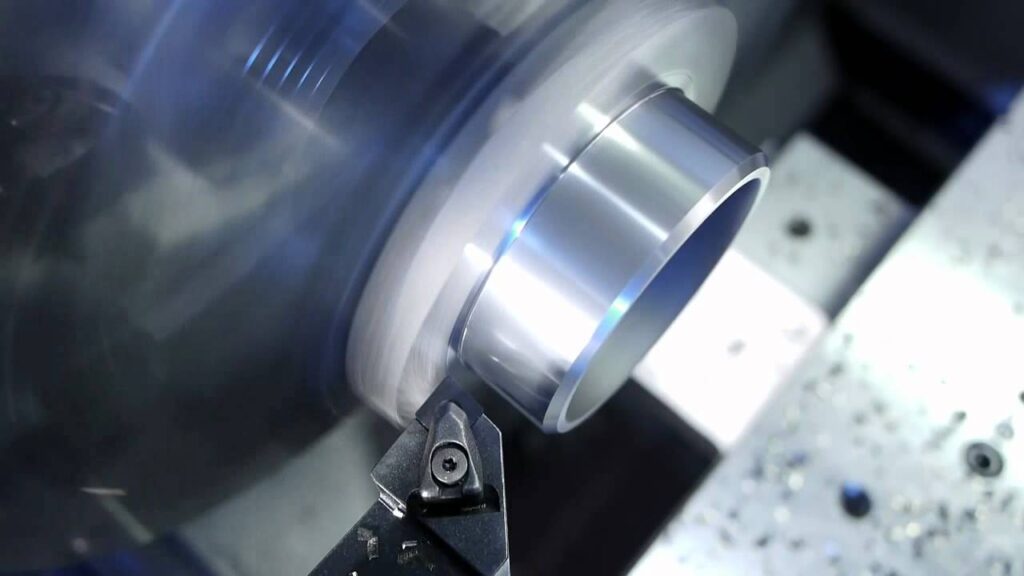
4.Workholding and setup for machining cast iron
Securing cast iron during machining is a critical step that cannot be overlooked as it ensures the precision and stability required for a perfect cut. The initial oversizing of cast iron parts provides flexibility in workholding arrangements, allowing for a variety of strategies to be deployed.
1) Vibration resistance
Vibration resistance is the cornerstone of high-quality machining, and the stability of the machining process directly affects surface finish. When machining thin-walled cast iron components, tools with high rigidity and vibration damping capabilities must be used to minimize chatter and vibration.
The inherent damping properties of cast iron, when used in workholding accessories such as tombstones, can further reduce chatter and improve part quality.
Additional damping solutions, such as vibration-absorbing materials and tuned mass dampers, as well as strategic placement of fixtures and supports, can significantly improve the stability of the machining process.
2) Cast iron dust management
Due to the brittle nature of cast iron, dust management becomes an integral part of the machining cast iron process as the fine, abrasive particles generated can compromise the life of the tool and clutter the workspace.
Understanding how dust affects tool wear is an essential aspect of maintaining an efficient machining operation.
3) Shop Vacuums and Magnets
Using a shop vacuum can significantly reduce the amount of cast iron dust in the machining area, helping to protect tools and keep the environment clean. Magnets (especially when wrapped in plastic bags) are a practical tool for collecting ferrous metal particles, making the process clean and simple.
To ensure a safer working environment and prevent the harmful spread of dust, avoid using compressed air and instead use a shop vacuum equipped with a drywall bag to control dust spread.
4) Lubrication and Coolant
Proper use of lubricants and coolants during cast iron machining is a strategic move that plays an important role in reducing chip formation and minimizing tool wear.
The choice of cutting fluid is influenced by the softness of cast iron and the self-lubricating properties it has due to its graphite content, which must be taken into account when selecting the appropriate lubricant.
Using the right cutting fluid not only prolongs the life of the cutting tool, but also ensures a smoother surface finish by effectively managing the heat generated during machining.
5) Tool Wear and Replacement
Tool wear in machining cast iron can be subtle, such as changes in surface finish, or obvious, such as the appearance of dull chips, which indicates that the tool needs to be replaced.
The abrasive nature of cast iron chips requires careful selection of cutting speeds and feed rates to mitigate tool wear and maintain the effectiveness of the machining operation.
5.Cast Iron Machining Finishing Technology
The final step in machining cast iron is the finishing work, which is to select the correct tool, cutting parameters and post-machining treatment to produce a surface that looks and feels smooth.
1) Finishing Tool Selection
The selection of finishing tools is a key decision that affects the quality of cast iron machining surfaces. End milling with carbide tools (especially C2 grade) can achieve tight tolerances and fine surface finishes, which highlights the importance of tool quality and condition.
For high-speed operations, the thermoelasticity and wear resistance of ceramic inserts make them an excellent choice for achieving a perfect surface finish.
2) Cutting parameters to achieve a smooth surface
Cutting parameters play a decisive role in achieving a smooth surface after cast iron machining.
To minimize surface irregularities, it is important to:
- Use coolant correctly
- Reduce cutting speeds and feeds
- Use a larger nose radius on the insert
- Use a more wear-resistant carbide grade
By following these guidelines, you can avoid plastic deformation and improve surface quality where the tool makes contact with the surface.
Consistent feed rates and shallow depths of cut are key strategies in the pursuit of better finishes on cast iron, ensuring the tool maintains its path and maximizing surface smoothness.
3) Post-processing
Post-processing is the unsung hero that takes cast iron casting surface quality to new heights. After the initial machining, using sandpaper with progressively finer grits can significantly improve the final surface quality.
For those seeking a more refined finish, polycrystalline diamond (PCD) tools can be used to achieve a mirror-like surface that shows the true potential of the material.
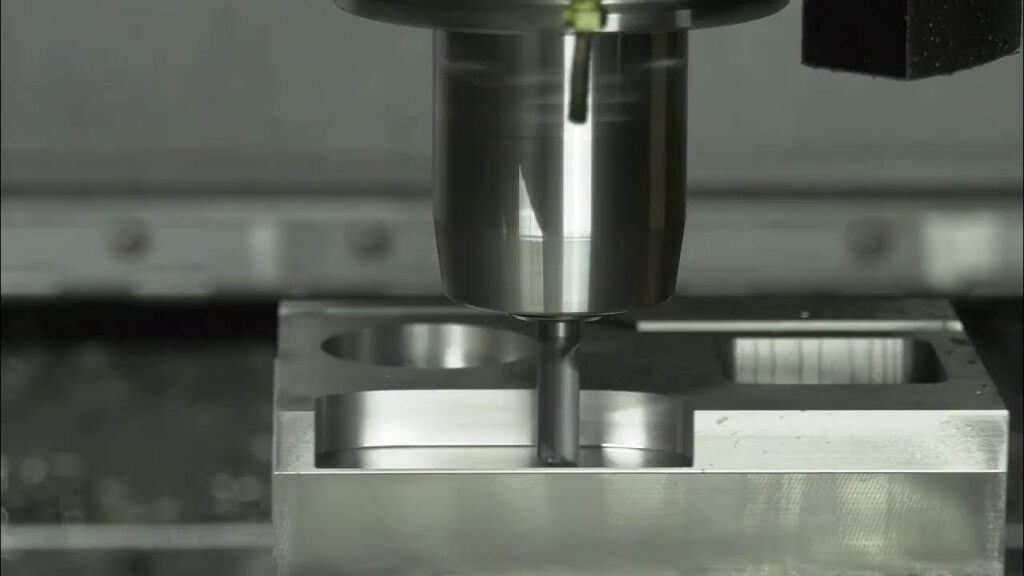
6.Safety precautions when machining cast iron
Although a traditional craft, machining cast iron is not without its dangers. Maintaining high safety standards, including compliance with OSHA requirements, is not optional, but mandatory to protect those at the helm of these powerful machines.
Safety measures protect operators from flying debris, equipment failures, and other potential risks, ensuring a safe environment for workers and workpieces.
1) Personal Protective Equipment (PPE)
Personal protective equipment (PPE) is the first line of defense against the various hazards involved in cast iron machining. From protective masks to minimize inhalation risks, to aluminized clothing to protect against radiant heat and molten metal splashes, each piece of PPE plays a key role in worker safety.
In addition, the use of protective eyewear, gloves, and flame-retardant base layers ensures that every part of the body is protected from the occupational hazards inherent in metal cutting.
2) Safe Operating Procedures
Safe operating procedures are the rule book for cast iron machining, outlining ways to avoid accidents and injuries. Awareness of the risks associated with cast iron dust, such as its combustion potential and the importance of maintaining airflow, is essential to a safe workspace.
Adhering to procedures, such as preventing automatic restarts after power outages, strengthens your overall safety strategy, ensuring that every step in the machining process is as safe as possible.
7.Summary
As we conclude our exploration of the complex world of cast iron machining, we are reminded of the delicate balance between material understanding, tool selection, cutting techniques, and safety measures.
Each element plays a role in shaping the final product, and mastering these aspects is what defines a skilled machinist. Let this knowledge serve as the foundation on which you build your expertise to confidently and precisely transform raw cast iron into an engineering marvel.
